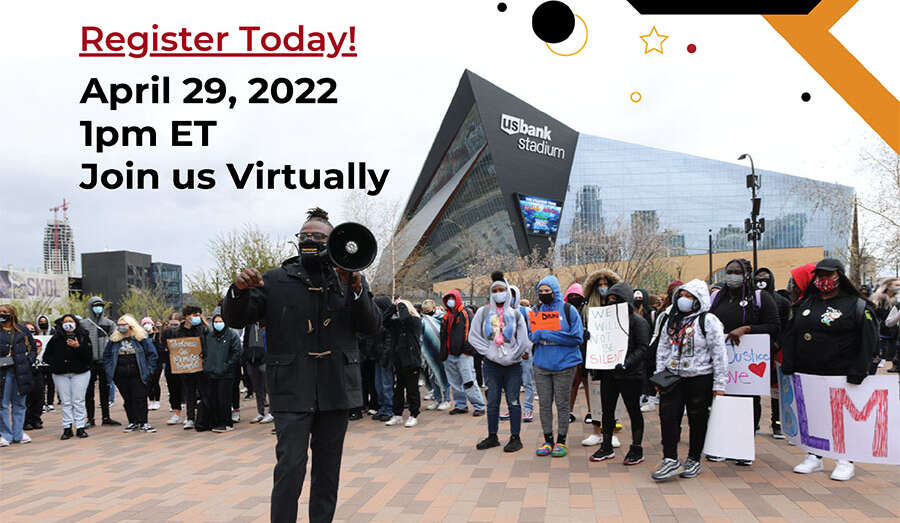The California homelessness crisis is not Governor Newsom’s fault, nor is it a recent issue. It’s offensive and unconscionable to blame one man for a decades long struggle of structural inequality that is baked into the framework of this state and this nation. While California makes up about 12 percent of the US population, the state also has bout 28 percent of the nation’s unhoused population as of January 2020 which likely increased as a result of the Covid-19 pandemic. This crisis may have gotten worse in recent years, but it can be tracked all the way back to 1916 with single-family zoning laws. Since then, we have seen a long history of systemic racism, inequality in our justice system, neglect for those with mental illness, and housing unaffordability.
Single Family Zoning began in 1916 in Berkeley, California, where it would now be illegal to build anything other than one home on one lot in the Elmwood neighborhood. A prominent real estate developer championed single family zoning, while all his developments contained racial covenants that barred homeowners from selling or renting their homes to people of color. According to UC Berkeley’s Othering & Belonging Institute, 83% of residential land in the Bay Area is devoted to single-family zoning today, which developers can charge more for than they could for duplexes or cottage apartments. Policies such as this, along with an increasing racial wealth gap, historic redlining, and lenders either refusing to lend to Black buyers or charging higher interest rates to Black buyers have only continued to racialize the housing crisis in California and around the country.
Along with Single Family Zoning laws, there have been countless policies passed that hurt renters and buyers throughout California and contributed to the homelessness crisis. We could talk about this all week –all year actually. Instead, here’s a short breakdown with resources to help you better understand what has further led to this crisis.
In 1965, The U.S. Congress establishes Medicaid and Medicare, that makes mentally ill people living in the community eligible for benefits but that excludes those in psychiatric hospitals. The state encouraged patients to be discharged so state legislators could shift the cost of care for mentally ill patients to the federal government.
Then, in 1967 Ronald Reagan was elected governor of California and uses the decline of patients as a reason to make cuts to the Department of Mental Hygiene by 2,600 jobs and 10 percent of the budget. That same year, Reagan signed the Lanterman-Petris-Short Act and ended the practice of institutionalizing patients against their will, or for indefinite amounts of time. Some saw this law as a win for patient’s rights, but care outside of state hospitals was inadequate and only increased homelessness and incarceration rates. In 1980, President Jimmy Carter signed The Mental Health System Act that provided grants to community mental health centers only to be repealed during the Reagan administration with the Omnibus Budget Reconciliation Act of 1985 that pushed the responsibility of mentally ill patients back to the states by blocking grants for states.
Not only is the homelessness crisis worsened by the neglect of our community members suffering from mental illness, but this crisis has disproportionately harmed Black people of California. Kate Cimini from Cal Matters explains that ‘felony records, stagnant wages and a rising housing crisis combined with policies that exclude or punish marginalized groups can ensnare vulnerable black people in homelessness’. The U.S. Census shows about 6.5% of Californians identify as black or African American, but they account for nearly 40% of the state’s homeless, according to a Department of Housing and Urban Development report to Congress.
I spoke with an independent photojournalist based in the Easy Bay who has been on the ground every week for over a year, spending their time before and after work to provide mutual aid, speak with unhoused community members, photograph their living conditions to spread awareness, and more. This individual sees the solution to combat the homelessness crisis in California and other places as fairly easy to understand: reparations. This ‘equity’ people suddenly advocate for must come not only in a redistribution of wealth from the few to the many, but in housing. ‘Reparations and houselessness are not only interconnected; they are inseparable,” says the Free Press Project.
By Kaylyn Goode
